What do Mount Fuji in Japanese culture, the Dome of the Rock on the Temple Mount, Mecca in Islam, and the Black Hills for the Sioux all have in common? They are all examples of a belief in the axis mundi – a perceived center of the world, where Heaven and Earth are connected. This concept is also known by other names, including the ‘world tree’, the ‘world pillar’, and the ‘cosmic axis’.
Since ancient times, many cultures have held the view of their homeland as the center of the world, as it was the center of their known universe. The best example to illustrate this belief is that of the Chinese civilization. In the Chinese language, China is known as 中国, which translates literally as the ‘Middle Kingdom’. In a similar manner, the ancient Egyptians perceived their land as the center of the world, which was ruled by Order, whilst Chaos reigned in the lands beyond their borders.
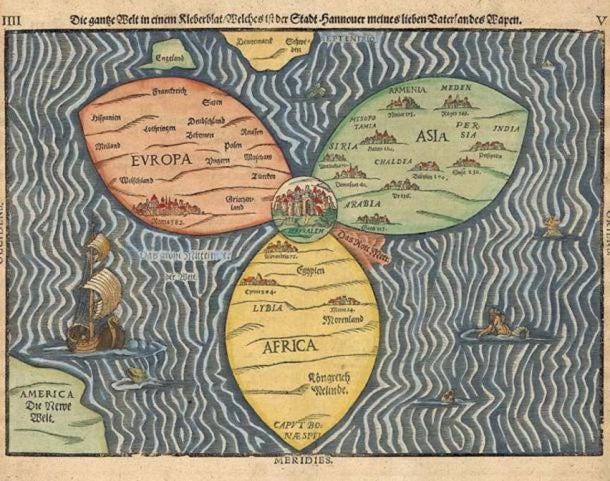
Where Heaven and Earth Meet
Within this realm at the center of the world there is a specific spot where Heaven and Earth has been believed to be connected, or the distance between them has been seen as the smallest. This spot, which is known also as the axis mundi, was often ascribed to an elevated place such as a mountain, due to its symbolic rising to the skies. In the case of the Chinese civilization, for instance, the axis mundi is believed to be the mythological Mount Kunlun, which is regarded in Taoism as the ‘mountain at the middle of the world’.
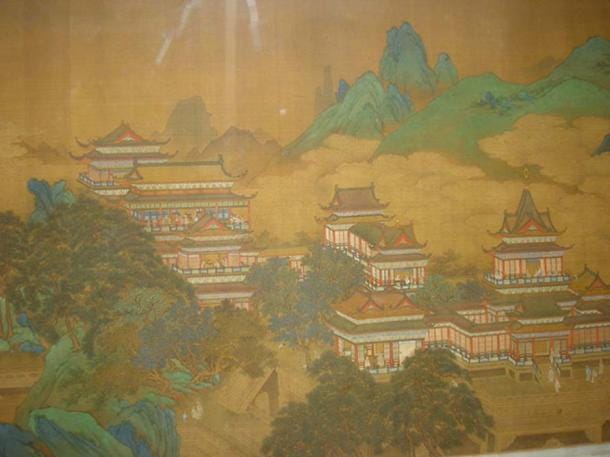
As another example, in Hinduism, Mount Meru in India, and Mount Kailash in Tibet are both regarded as the axis mundi, due to the perceived closeness between heaven and earth. The existence of multiple centers is not considered to be a contradiction at all. For instance, the ancient Greeks were of the belief that the earth’s naval (known as the ‘omphalos’) existed in several places, most notably at Delphi. In addition, they also believed in a cosmic world tree, as well as Mount Olympus as the dwelling place of their gods.
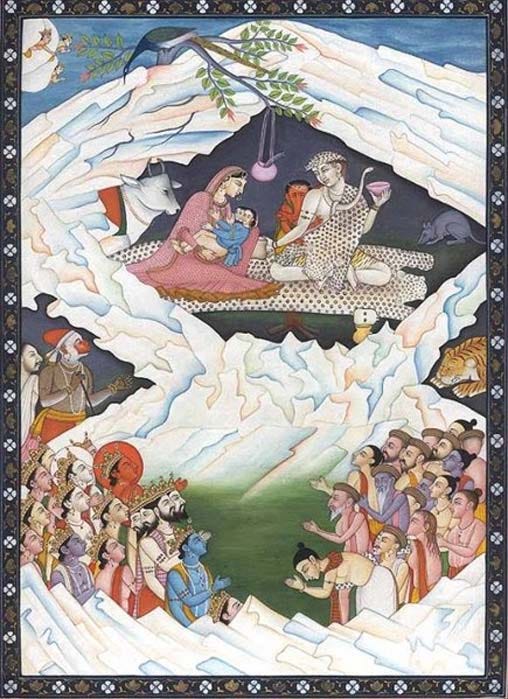
Creating Ways to Diminish the Distance
In some cultures, the axis mundi is represented not by natural features, but by man-made ones. The ancient Babylonians and Sumerians, for example, built stepped pyramids known as ‘ziggurats’, which are said to have served as artificial mountains. In some cases, the axis mundi, whilst being a natural feature, may be represented in a man-made one. The famous Angkor Wat in Cambodia, for instance, was designed by the Khmers to symbolize Mount Meru. This sacred mountain is said to also be reflected in the design of the stupas (a mound-like structure normally built to house the relics of the Buddha, or other Buddhist saints) in Buddhism.

The axis mundi may exist in yet other forms. In Norse cosmology, for instance, there are nine different worlds that are connected by a massive ash tree called Yggdrasil. The axis mundi may take on even more abstract forms as well. As an illustration in shamanistic belief, the axis mundi is perceived to be a sort of pathway that allows the shaman to travel across time and space. This form of travel allows a shaman to heal, obtain wisdom from other realms, and retrieve soul pieces.
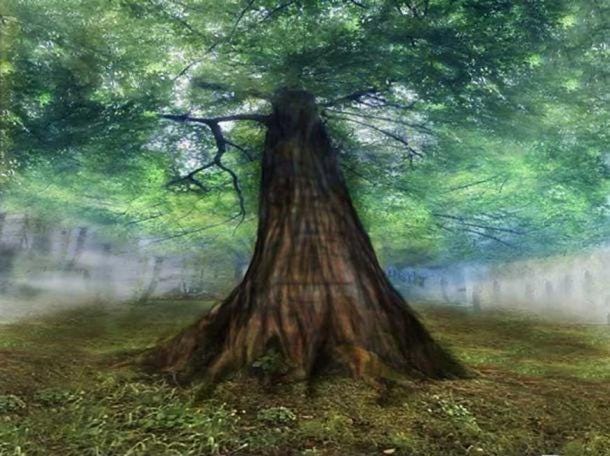
Finally, in some belief systems, we, as human beings, are perceived to be the axis mundi, as we are situated between heaven and earth. According to the chakra system in Hinduism and Buddhism, the human body is treated as a pole or a pillar between heaven and earth. The body is believed to be a temple, and human beings are thought to be able to transcend their earthly existence through meditation and prayer. The idea of the human body as an axis mundi may also be seen in Leonardo da Vinci’s Vitruvian Man, as well as in the practices of Yoga and Tai Chi.
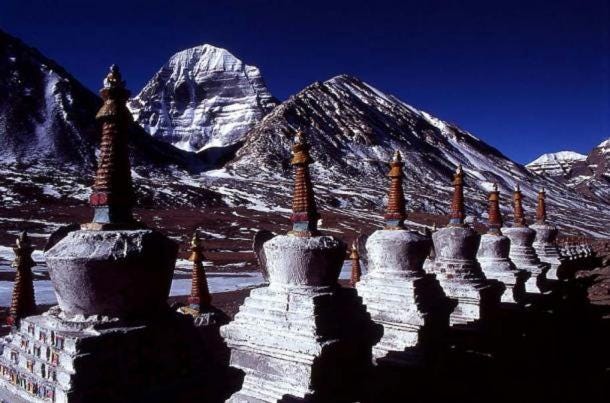
Top image: A depiction of a tree of life or axis mundi. Source: lahilden
By: Wu Mingren
References
Bansal, S., 2018. Axis Mundi ~ Understanding the Connection Between Heaven & Hell. [Online]
Available at: https://fractalenlightenment.com/35796/spirituality/axis-mundi-understanding-the-connection-between-heaven-hell
Gale, T., 2005. Axis Mundi. [Online]
Available at: http://www.encyclopedia.com/environment/encyclopedias-almanacs-transcripts-and-maps/axis-mundi
New World Encyclopedia, 2016. Axis Mundi. [Online]
Available at: http://www.newworldencyclopedia.org/entry/Axis_Mundi
Teich, H., 2012. Axos Mundi. [Online]
Available at: http://solarlunar.com/axis-mundi-center/
www.crystalinks.com, 2018. Axis Mundi. [Online]
Available at: http://www.crystalinks.com/axismundi.html





Thought provoking, concisely written and informative article on Axis Mundi. Thank you for sharing.
Mythologists have linked Axis Mundi with a prehistoric cosmic event. The close approach of another star (Sol). They believe our original brown dwarf (Saturn) was ultimately extinguished in a cosmic light show which included the Axis plasma column connecting to our planet. I would attach images if that is possible.